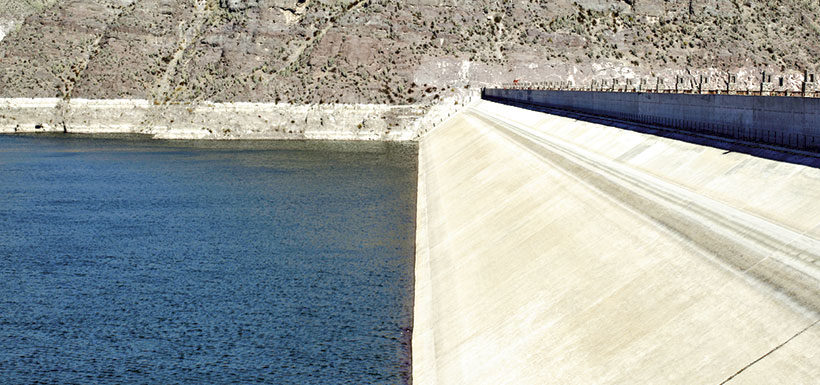
Lower energy prices and lower demand make these developments unattractive.
Suspended power projects amount to US$ 4 billion
From an imminent energy deficit to a surplus situation, with several projects on standby awaiting better prices. This is the description that can be made today in the electricity market, which is experiencing the other side of the coin of what was observed after the gas crisis: more than enough projects to cover demand, falling consumption and falling capital costs.
As a result, several projects, totaling some US$ 4 billion, have been postponed, paralyzed or definitively buried. The latest to fall into this condition – at least temporarily – is the Ñuble hydroelectric plant, linked to Eléctrica Puntilla. This unit, which is expected to cost at least US$ 400 million, has suffered several delays related to differences between the client and the contractor, which even led to the cancellation of one of the contracts.
However, although that situation had been resolved, the central problem today is that long-term energy prices are not sufficiently attractive to justify an investment of that magnitude. In the same condition is the portfolio of hydroelectric projects of EPA, a company controlled by Invercap, parent company of the CAP group, which manages a portfolio of 12 initiatives totaling 150 MW of power and costing some US$ 600 million. According to the company’s Annual Report, lower rainfall has complicated access to financing for continued investment.
The former president of Invercap, Roberto de Andraca, commented in the CAP Group’s 2016 Annual Report that last year the subsidiary EPA “had to continue adjusting its expenses and reviewing its projects as a consequence of the persistent drop in the price of electricity produced as a result of the lower prices of coal, gas and oil observed in the international market”.
This is in addition to the portfolio of thermoelectric projects associated with the bidding process for land for power plants promoted by the Ministry of National Assets, linked to companies such as Enel and Engie. Except for Collahuasi, which continues to look at alternatives, the other companies decided to return the land due to changes in the market associated with the loss of competitiveness of coal. The initiatives totaled some US$ 3 billion.
Although Enap has not indicated whether or not it will suspend its portfolio of thermoelectric projects in association with Mitsui, an important sign was the signing of a gas sales contract with Colbún. The hydrocarbons sold by the state-owned company were those reserved for the operation of the Nueva Era power plant. Although Enap can resort to alternative sources of gas, these are much less firm than the one it had as a shareholder of GNL Chile.
The reasons
Francisco Aguirre, partner of Electroconsultores, comments that the main problem is that there is no electricity demand without economic growth. “On the other hand, no investor will expose capital in large projects with the insecurities that have become evident for traditional technology projects. And when demand recovers, prices will rise, as they must reflect the costs of developing basic energy,” he stresses.
Systep consulting partner Hugh Rudnick adds that the decision to invest in a generation project is based on investors’ expectations of the price level that will exist for the entire life of the project, so that sufficient revenues are obtained to cover all project costs, including financial and capital costs.
“Many investors came to Chile interested in the high marginal costs that were projected for the future, but in the last two years there has been a drop in marginal costs, due to lower fuel prices, technological changes and a fall in demand,” he says.
In his opinion, given the low growth in demand, there would be an overcapacity in installed generation, which is also reflected in the overcontracting of approximately 10% of the regulated demand in the distribution companies.





